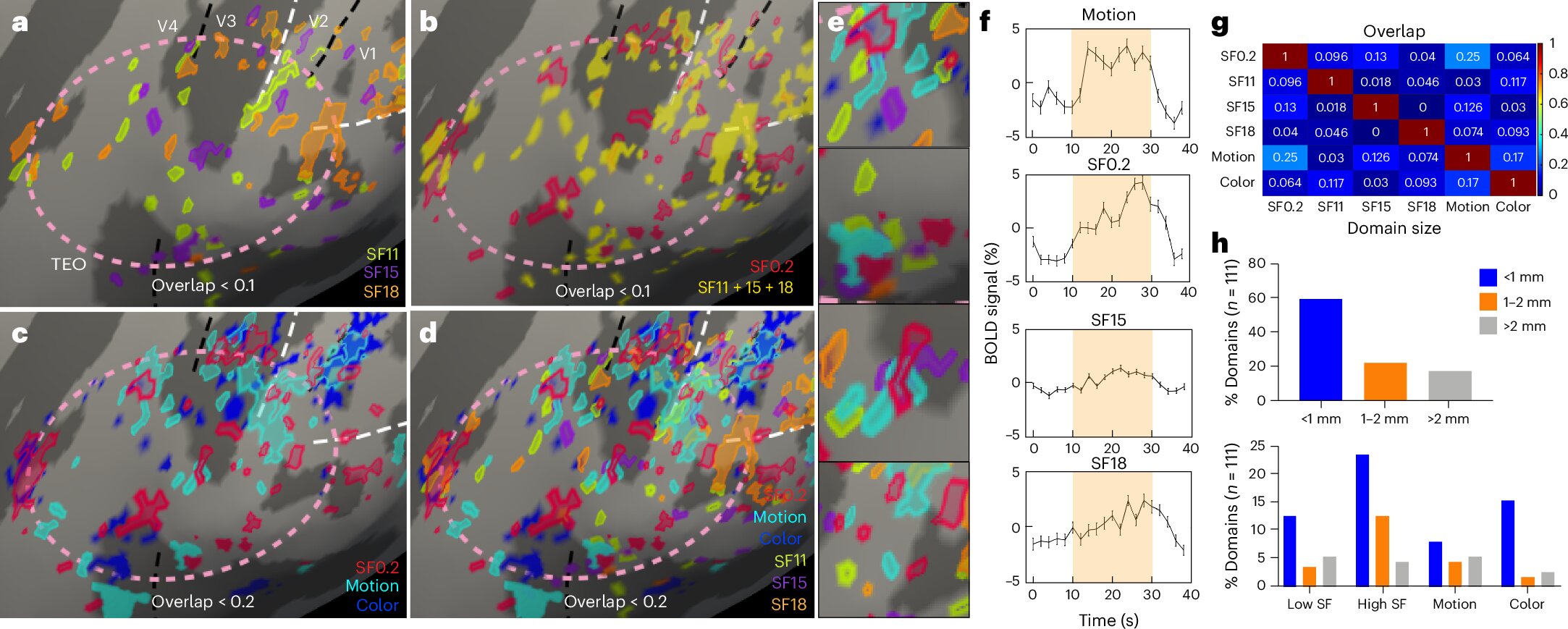
Human stem cell transplants successfully repaired macular holes in a monkey model, researchers report October 3 in the journal Stem Cell Reports. After transplantation, the macular holes were closed by continuous filling of the space with retinal tissue.
“We confirmed for the first time in a non-human primate model that embryonic stem-derived retinal organoid sheet transplantation facilitates the closure of macular holes,” says senior study author Michiko Mandai of the Kobe City Eye Hospital.
“Our results suggest that this method could become a practical, safe, and effective treatment option with minimal invasive risks, particularly for difficult macular hole cases.”
Macular holes are small gaps that form in the macula—the central part of the retina in the eye. They can cause blurred or distorted central vision, making it difficult to read, drive, or see fine details.
In the past decade, advances in surgical techniques have achieved closure rates exceeding 90%, but refractory cases are still a problem. Management of recurrent macular holes after surgery is also challenging. For retinal degenerative diseases, cell-based therapy is a promising strategy for restoring visual function.
Although retinal transplantation has shown good anatomic success, visual improvement is limited, and peripheral visual field defects are inevitable.
In the new study, Mandai and collaborators evaluated whether they could overcome these hurdles by transplanting human embryonic stem cell-derived retinal organoid sheets. Transplantation of the retinal tissue resulted in graft survival and maturation and the development of light-detecting retinal cells called photoreceptors, including rods and cones. Additional experiments revealed improvements in eye fixation and responses to light.
However, the researchers pointed out a few caveats, including mild transplantation rejection, which they controlled using steroid injections. “The mild rejection may have limited the functional integration of the transplanted tissue,” Mandai says.
“Additionally, this was a single-case result for one eye, and the model did not exactly replicate the pathology of human refractory macular holes. However, the findings suggest that the surgical technique is feasible for human macular holes.”
The authors say further studies will be required to validate the advantage of the stem cell-derived retina, including the protective effect on host retinal cells.
More research is also needed to understand how cell composition in the graft influences visual function. For their own part, the researchers plan to examine whether some form of synaptic communication can be established between the host and graft over a longer period of observation.
More information:
Transplantation of Human Pluripotent Stem Cell-derived Retinal Sheet in a Primate Model of Macular Hole, Stem Cell Reports (2024). DOI: 10.1016/j.stemcr.2024.09.002. www.cell.com/stem-cell-reports … 2213-6711(24)00264-9
Citation:
Stem cell transplants repair macular holes in primate study (2024, October 3)
retrieved 5 October 2024
from https://medicalxpress.com/news/2024-10-stem-cell-transplants-macular-holes.html
This document is subject to copyright. Apart from any fair dealing for the purpose of private study or research, no
part may be reproduced without the written permission. The content is provided for information purposes only.



